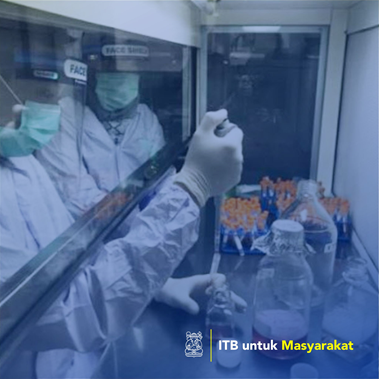

Dewi Handayani
The dynamics of dengue virus infection model is written as a system of deterministic differential equations. However, the equation is presented in a stochastic differential equation control system. With a stochastic differential equation system, the control considered is the optimum stochastic control with the largest upper bound and the risk from this control can be determined. The main goal is to determine a scheme for scheduling fluid administration of dengue fever patients by calculating the upper bound of fluid risk that can be accepted by the patient without causing adverse effects. The mathematical model is composed of the results of surveys, data, literature studies, analysis of the stability of the model, and the decline in the characteristics of stochastic control systems on the values of critical parameters to be determined. Stochastic differential equations in addition to accommodating internal, external, and parameter uncertainty, are also used to determine the greatest risk bound. Furthermore, it is applied to the scheduling and determination of fluid volumes with consideration of the greatest risk bound. The resulting model will be applied to see the fluid delivery scheduling scheme in regional hospitals around Bandung, West Bandung, Cimahi, and Sumedang.
Penerapan Karya Tulis
Determine a scheme for scheduling fluid administration of dengue fever patients by calculating the upper bound of fluid risk that can be accepted by the patient without causing adverse effects.